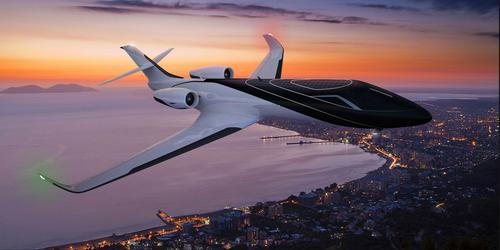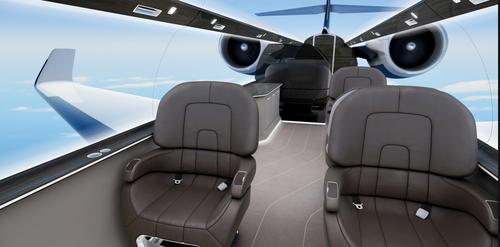REYKJAVIK, Iceland (AP) — Iceland authorities say there's been a small fissure eruption near Bardarbunga volcano, but no volcanic ash has been detected by the radar system.
The eruption took place early Friday morning in the Holuhraun lava field, north of Dyngjujökull glacier, Iceland's Meteorological Office said.
It says the aviation alert code has been changed to red, the highest level, but any ash produced has so far been minimal and all airports in Iceland are open. Icelandic Air Traffic Control has closed down the airspace from the ground up to 18,000 feet (5,486 meters).
In 2010, Iceland's Eyjafjallajokul volcano erupted and sparked a week of international aviation chaos, with thousands of flights canceled. Aviation officials closed Europe's air space for five days, fearing that volcanic ash could harm jet engines.

The eruption took place early Friday morning in the Holuhraun lava field, north of Dyngjujökull glacier, Iceland's Meteorological Office said.
It says the aviation alert code has been changed to red, the highest level, but any ash produced has so far been minimal and all airports in Iceland are open. Icelandic Air Traffic Control has closed down the airspace from the ground up to 18,000 feet (5,486 meters).
In 2010, Iceland's Eyjafjallajokul volcano erupted and sparked a week of international aviation chaos, with thousands of flights canceled. Aviation officials closed Europe's air space for five days, fearing that volcanic ash could harm jet engines.


























